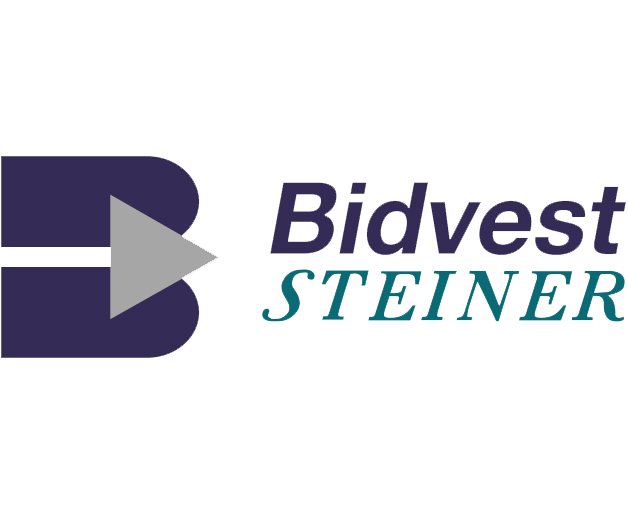Employees spend eight or more hours a day at the workplace. It’s an environment that brings people into close proximity with each other – and the risk of infection by a plethora of pathogens. What can employees and companies do to minimise risk?
There are a number of common-sense, golden rules for office hygiene, says Rika van Rooyen, at Bidvest Steiner. She says that five areas deserve special attention either because they are frequently used or because they are innate hygiene risks: reception and lifts or escalators, bathrooms, kitchens, meeting rooms and personal work areas.
“The first golden rule is to ensure that the company has good policies and procedures in place relating to hygiene,” says Ms Van Rooyen. “Hygiene is a highly-personal issue and having a policy in place can help prevent employees feeling victimised.”
In reception areas and lifts, Ms Van Rooyen says that the focus should be on sanitising surfaces that are touched by many people, such as door handles, lift buttons and balustrades. These surfaces should be cleaned twice a day.
When it comes to meeting rooms, surfaces again are the most problematic, and ideally desks and equipment should be sanitised twice a day at least, again depending on use. Especially important here are hand sanitising stations for meeting attendees.
Both reception areas and meeting rooms could be made the responsibility of the staff most closely connected with them—for example, the receptionist and the PA in charge of meeting room bookings. They could supplement the activities of the normal cleaning staff by performing simple sanitising “wipe downs” at certain intervals during the day.
Bathrooms and kitchens are obvious hygiene hotspots and care should be taken to provide users with the disinfectants and wipes to seats before use. “However, while it’s important to encourage employees to take a certain amount of responsibility for their hygiene, it’s essential to have a dedicated person to ensure consistent hygiene,” she argues. “Employing a third party to handle these areas makes sense because, above all, a systematic approach is required. How often the facility should be thoroughly cleaned would depend very much on how many members of staff use it on a regular basis and here, too, a professional can help gauge this accurately.”
The hygiene of personal work areas should be made the responsibility of the individual who works there. Ms Van Rooyen says that again cleaning aids should be made available, backed up by a clear policy. Aside from surfaces and handles, telephones and computer equipment should be regularly sanitised as both can harbour large amounts of bacteria.
In fact, some research indicates that keyboards can host more bacteria than toilet seats!
“Golden rules that apply to all work areas are to make sure somebody is responsible, and get rid of clutter so that surfaces can be kept hygienic,” Ms Van Rooyen concludes.



